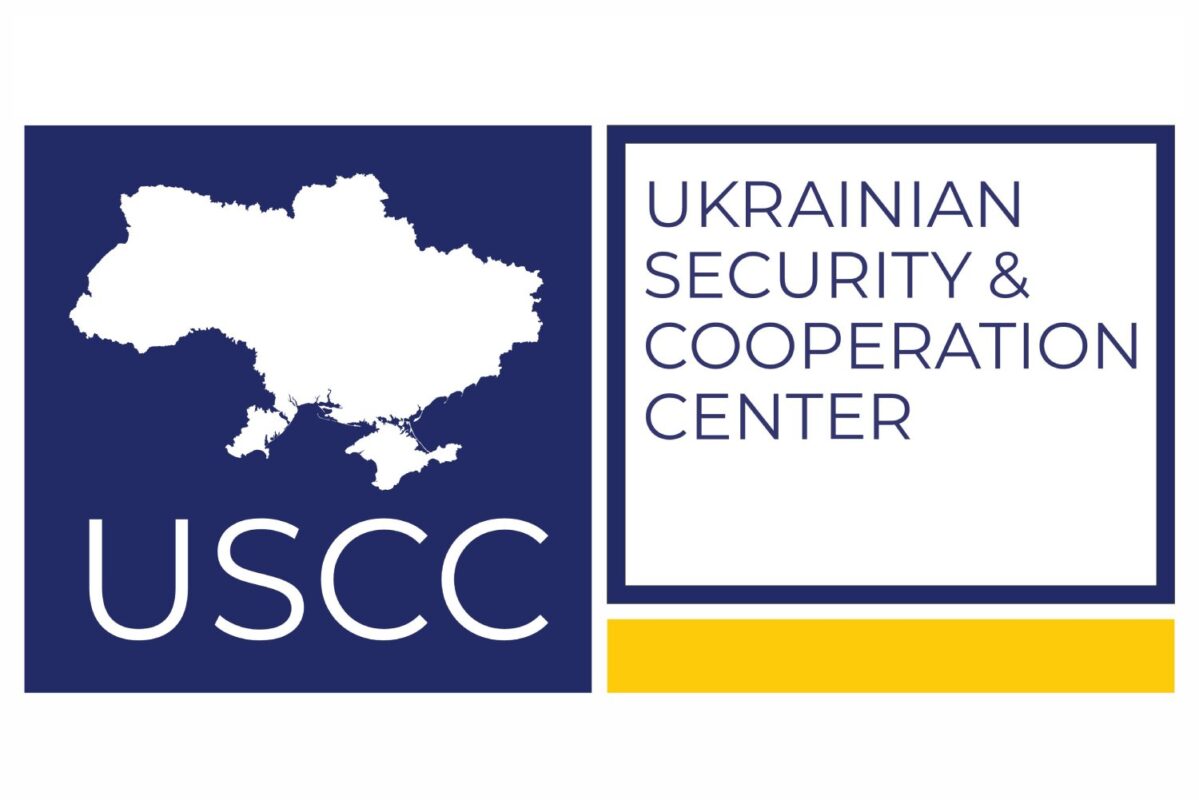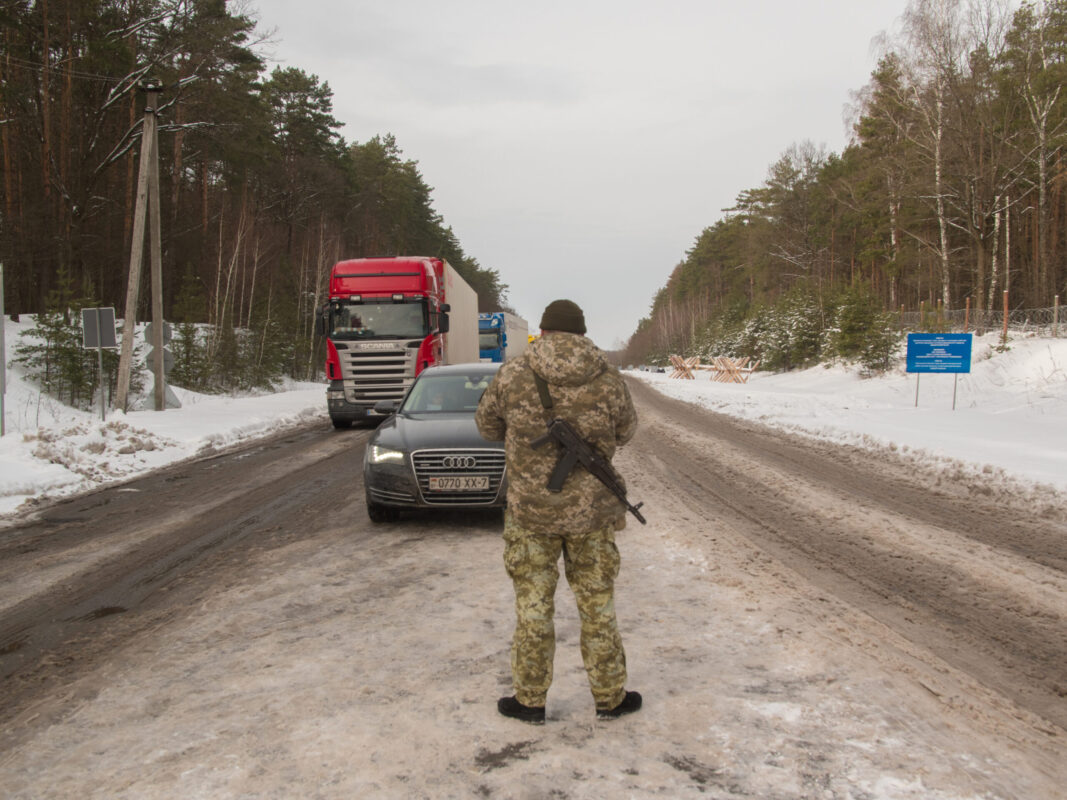The last few days we have seen an extraordinary revival of Ukrainian issues in the Belarusian information space amid the Kremlin’s ultimatum with its “security guarantees”, tensions on the Russian-Ukrainian border and the recent situation in Kazakhstan, which has strengthened the position of the Moscow-controlled Collective Security Treaty Organization (CSTO).
Among all the reports, activity of the self-proclaimed president Lukashenko stands out, who makes statements on the topic of Ukraine almost every day. At the same time, the abstracts of reports are clearly in line with Russia’s aggressive foreign policy.
Thus, from the beginning of January, Lukashenko offered to return Ukraine to the “bosom of true faith”, noting that in Kyiv “there was a split even in the religious direction, which is difficult to overcome”, then turned to direct accusations of Ukraine. In particular, in building troops on the border with Belarus. He declared the “inadequacy” of Ukraine’s political leadership, from which Belarus needs to be protected, and on January 28, delivering a “Message to the Belarusian People and National Assembly”, Lukashenko repeatedly told the narrative of a military threat from the West and Ukraine.
These statements coincide with the statements of Russia’s top political leadership and the terrorists controlled by them, in particular, on the build-up of Ukrainian troops at the border and preparations of Kyiv for provocations in the occupied Donetsk and Luhansk regions.
Such synchronicity in narrative, on the one hand, is a way for Lukashenko to prove his absolute loyalty to his Moscow ally and retain power in Belarus, and on the other – strengthens Russia’s position in the international arena, contributes to tensions within Ukraine and forces Kyiv to strengthen its northern border.
A similar opinion has been expressed by Belarusian political scientist and journalist Valery Karbalevich, who noted that until 2020 Lukashenko was a kind of guarantor of stability and security – emphasizing that although Belarusians do not live high, but in peace and rest – now everything has changed dramatically.
The escalation of situation with war, military concessions to Moscow, and the search for internal and external enemies that seem to be threatening Belarus are the foundations of rule of the self-proclaimed president. And under these circumstances, Ukraine seems to have a special place.
Deployment
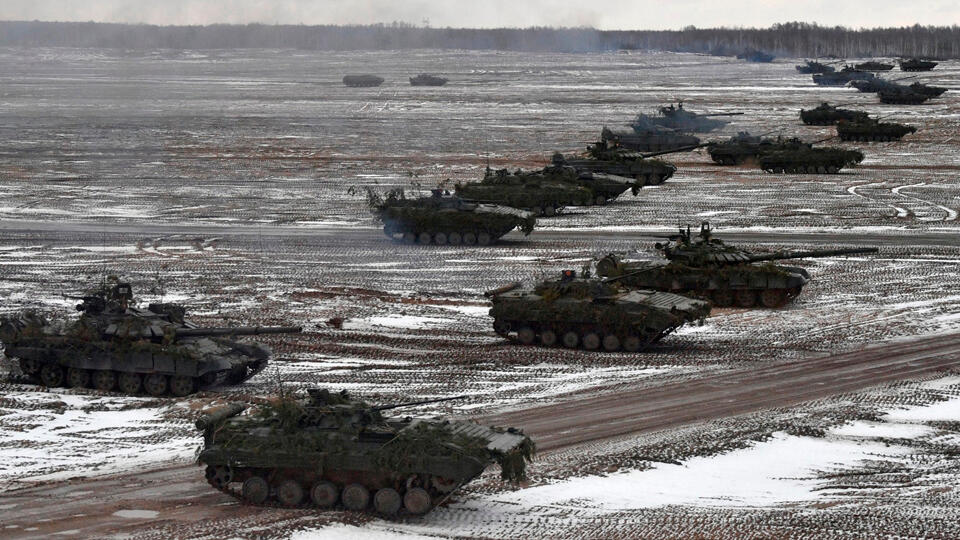
However, the situation is much more complicated than political statements. Lukashenko said on December 2 that the joint military exercises “Union Determination – 2022” would take place in Belarus from February 10 to 20.
On January 17, at a joint Russian-Belarusian meeting concerning military exercises, Lukashenko hinted that the exact dates of exercises had not yet been set, saying: “These should be normal exercises to work out a certain plan in confrontation with these forces: the West (the Baltics and Poland) and the South (Ukraine).”
But on January 18, the Belarusian news agency “Belta” announced the arrival of units of the Russian Armed Forces in Belarus, “in accordance with the approved plan to inspect the Union State’s response forces.”
In general, according to the Ministry of Defense of Belarus, the training will take place in two stages:
By February 9, it is planned: deployment and creation of groups of troops in threatening areas in a short term, organization and implementation of protection and defense of important state and military facilities, protection of the state border in the airspace, including within the Unified Regional Air Defense System of Belarus and Russia. etc.
From February 10 to 20, the training itself will be held, which will include:
- strengthening the areas of the state border in possible areas of illegal entry into the territory of the Republic of Belarus of armed groups of militants, blocking the supply channels of weapons, ammunition and other means that can be used to destabilize the situation in the country;
- search, blockade and destruction of illegal armed formations and sabotage and reconnaissance groups of the opposing side, organization of interaction and comprehensive support;
- some issues of post-conflict negotiation.
At the same time, videos of deployment of Russian military equipment, including 9T452 transport-loading vehicles to multiple rocket launch systems “Hurricane”, began to appear on various social networks, especially on TikTok and TG-channels.
At the same time, in comments, the military (as well as their relatives-friends-acquaintances) state that they are going on a “temporary duty” to Belarus and the border with Ukraine for a period of 6-9 months. There are also official reports from the Russian Armed Forces on the transfer of two divisions of S-400 Triumph anti-aircraft missile systems for training, as well as information in the media about the transfer of Pantsir-S complexes. In parallel with the training in Belarus, Russia is strengthening its forces with warships in the Mediterranean Sea that can enter the Black Sea “from where the increasingly hostile Ukraine – at hand” – Crimean military analysts are proud to say.
Therefore, such demonstrations are another step to raise the stakes in the geopolitical game, started in the Kremlin, and to put pressure on Ukraine.
Of course, provocations on the Belarusian-Ukrainian border should not be ruled out to divert attention from other areas, or military aggression. Such fears have been voiced by many analysts, as in such a scenario the Kremlin may shift responsibility to Belarus, which is already in a difficult relationship with the West following the situation with migrants; Russian troops will not have to cross the Dnieper and this will allow them to reach the Ukrainian capital in the shortest possible time to make their own ultimate demands.
And the provocations were not long in coming. On February 3, the Ministry of Foreign Affairs of Belarus summoned the Ukrainian ambassador because of an alleged Ukrainian drone that illegally crossed the Belarusian border on January 24 and was forced to land by specialists of the Armed Forces of Belarus. According to the Belarusian military, the drone was spying the Brest training center, which was involved in joint Russian-Belarusian exercises (although training had not yet begun). The Ministry of Foreign Affairs of Ukraine has already called it a provocation, and asked Minsk “not to play up to Russia’s destabilizing actions.”
Peculiarity of the “Union Determination – 2022” can also be evidenced by the fact that they are planned to involve virtually the entire army of Belarus and an unprecedented number of troops transferred by Russia. In NATO, this deployment of Russian troops has already been called the largest since the Cold War.
“In recent days, we have seen a significant movement of Russian forces towards Belarus. This is the largest deployment of Russian forces there since the Cold War, expected to involve 30,000 combat troops, special forces units, new fighters, including SU-35 fighter jets, dual capable Iskander missiles and S-400 air defense systems. All this will be combined with Russia’s annual nuclear forces exercise”, said NATO Secretary-General Jens Stoltenberg.
Internal situation
The Belarusian opposition, which tried to protest actively a year or two ago, ended up behind bars, went underground, or was forced to go abroad. Therefore, the transfer of Russian military equipment to Belarus is met with only a few protests and hackers.
And judging by statements and actions of the illegitimate president, internal persecution will continue. In January, Belarus announced joint operations by security forces (OMON, SOBR, military units of internal troops) to work out countering possible mass riots and actions to “eliminate terrorist groups, extremist groups and armed criminals.”
It seems that Minsk is still afraid of protests, for example, until February 27. On this day, the country will hold a referendum to approve changes to the Constitution of Belarus.
In fact, there is no doubt that in terms of a completely cleared political field and total repressions, the result of referendum will have nothing to do with the real opinion of Belarusian citizens.
The only task of the constitutional reform is to cement Lukashenko’s power, provide him with lifelong immunity and redistribution of powers to the All-Belarusian People’s Assembly, which he plans to lead.
The US State Department also believes that amendments to the Constitution are not only aimed to strengthen Lukashenko’s position, but also allow Russia to legally deploy its troops in Belarus, including nuclear weapons. Because the self-proclaimed president “is increasingly demonstrating that he is ready to give everything to stay in power.”
Ukraine’s readiness for threat
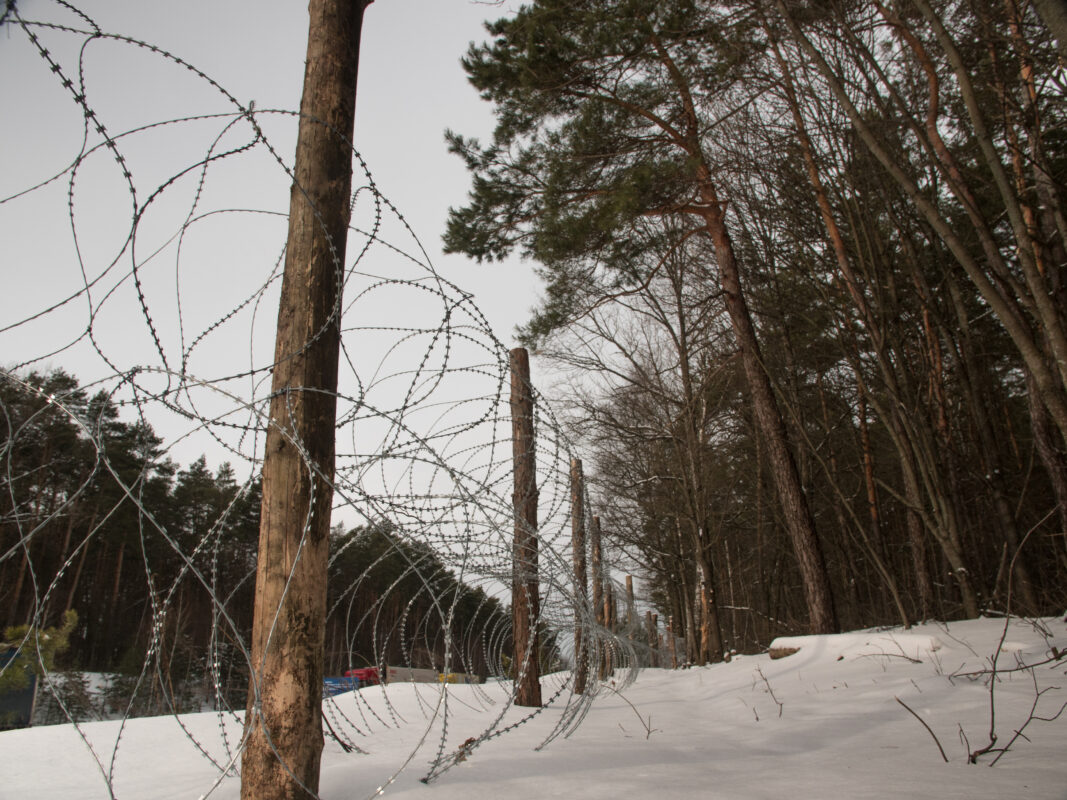
Under these conditions, it is clear that Ukraine should seriously consider the northern direction, which a few years ago was considered more or less stable, as another potential front.
So what kind of work is being done on the Ukrainian-Belarusian border, is Ukraine strengthening its units?
To answer these questions, the team of the Ukrainian Center for Security and Cooperation went to the international border checkpoint “Senkivka” together with American journalist, veteran of the US war in Iraq and Afghanistan, expert, correspondent of “Coffee or Die” Nolan Peterson.
With the beginning of the open armed aggression of the Russian Federation on the Ukrainian border, engineering works on fortification are continuously underway. There are barbed-wire fences, video surveillance cameras, barricade ditches. Positions have been prepared to repel a possible attack, and border detachments have increased security of the territory.
“Senkivka” simultaneously borders the territory of the Republic of Belarus and the Russian Federation, from here to the Belarusian Gomel about 1.5 hours by car.
“The first people who face any conflicts are border guards. Also in the system of the State Border Guard Service we have special forces – military reserves. The location is secret. However, in case of any provocations, these reserves arrive on short notice to reinforce. Border guards are ready to defend the state’s borders to the last”, said Oleksandra Stupak, a senior lieutenant of the State Border Guard Service of Ukraine.
Since 2015, special forces have significantly increased their combat capability by undergoing a training course, while receiving and mastering samples of modern machinery, equipment and weapons, including for the destruction of heavy equipment.
More in Nolan Peterson’s article for “Coffe or Die”
This was confirmed at the other checkpoint with Belarus “Novi Yarylovychi”, which the delegation of the Center visited a few days later with the British journalist, writer, correspondent of “The Guardian” Luke Harding.
In particular, senior lieutenant of the State Border Guard Service Vladyslav Gorban directly stated that: “If the Russians come, they can expect a nasty surprise.” He and his colleagues will try to hold off any attack. They would summon help from operative reserves located in bases nearby.
“We are all military-trained. We have enough weapons. Morale is high. We will defend our country,” Gorban said.
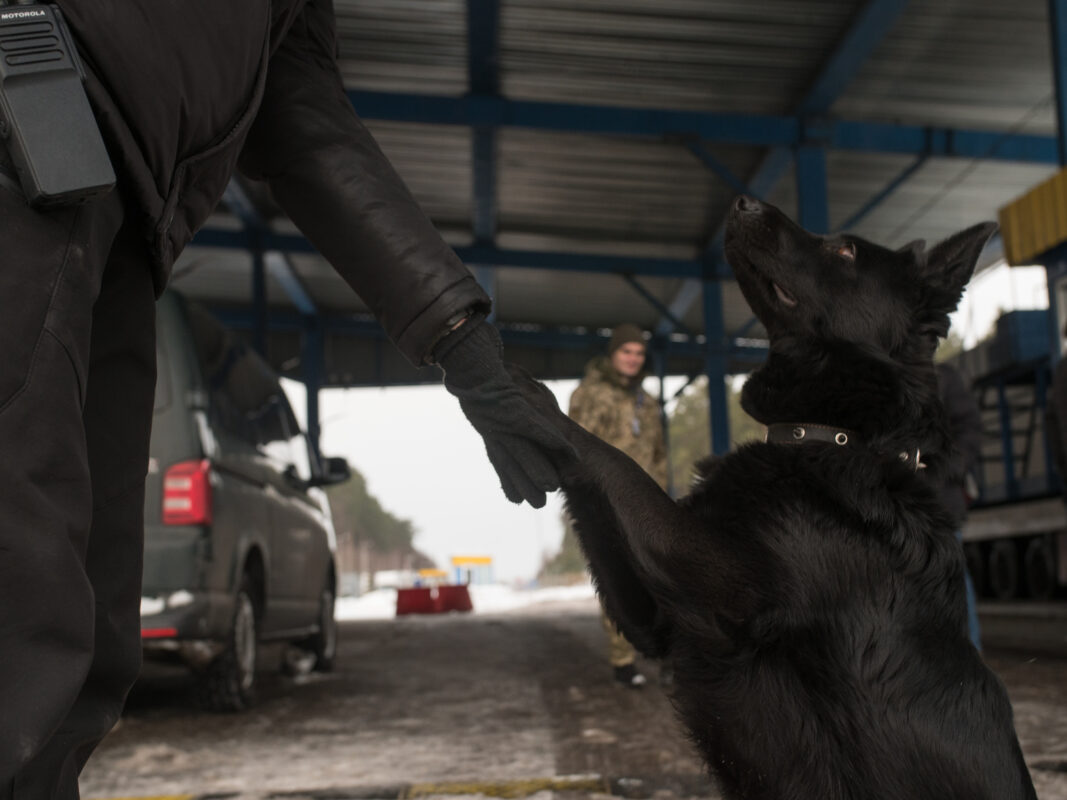
As of now, checkpoints are operating normally for crossing cars, pedestrians and trucks.
Read also about the trip in Luke Harding’s article for “The Guardian”
We can safely predict that the course of the Russian-Belarusian exercises, especially the second stage, will be closely monitored not only by Ukraine, but also by our allies in the EU and NATO. Therefore, any unusual activity at the borders must be recorded in advance.
Borys Hrachov, Oksana Kuzan, Dmytro Zhmailo
